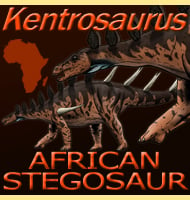Fruitadens
In Depth With a weight estimate of 0.5-0.75 kilos, Fruitadens is by far one of the smallest known dinosaurs. Recovered specimens are thought to represent juveniles and sub adults that are almost fully grown. In appearance Fruitadens is considered to have been similar to Heterodontosaurus, although it may have been closer to Echinodon and Tianyulong … Read more


